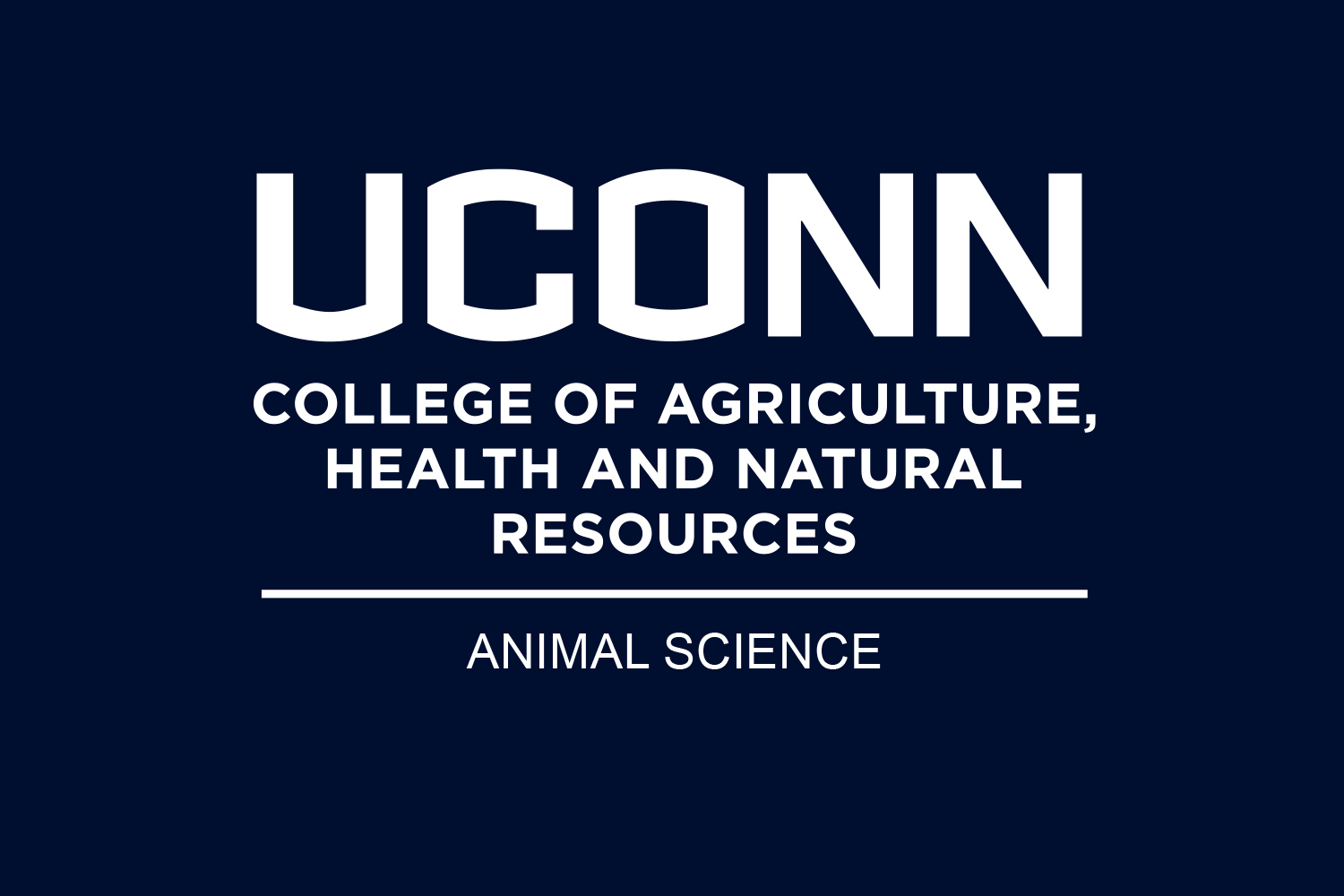Animal cloning first hit the public eye in 1996 when Dolly the sheep was born. The next year, Professor of Animal Science Cindy Tian and her late husband Jerry Yang, also professor of animal science and founding director of the UConn Center for Regenerative Biology, created the first cloned calf in North America. From then on, their combined research teams led the field of animal cloning in improving cloning efficiency, understanding clones’ development and abnormalities and deciphering the mechanism of cloning and gene reactivation.
They published their work in top-tier scientific journals such as Nature Genetics, Nature Biotechnology and Proceedings of National Academy of Science. At the same time, major news outlets such as CNN, CBS, NBC, ABC, NHK, Xinhua News and the New York Times came to campus for interviews and photo shoots with the clones.
In 2002, the team was awarded special congressional USDA funding for their success, the only such grant in the country. “The fund is very similar to the lifetime achievement award of Howard Hughes,” Tian says. “This goes on indefinitely and is renewed every year because we have been very productive.”
After about ten years of euphoria in the field, however, cloning fell out of favor as misinformation led to questions of ethical issues related to the technology.
Explains Tian, “The use of cloning to generate patient-specific embryonic stem cells for regenerative medicine in humans, also called therapeutic cloning (as opposed to reproductive cloning), was extremely controversial because cloned human embryos had to be created and then killed to extract stem cells. Scientists started to look for alternative methods.” She continues, “For many years it was believed that a somatic, or specialized, cell could only become its own type. Many of us scientists were studying gene reactivation to use somatic cells from the skin to generate stem cells that have the potential to eventually become a whole animal, rather than relying on the controversial use of embryos for stem cells.”
Following Yang’s death in 2009 at the age of 49, Tian continued to research the mechanics of cloning. “What made us shine was not repeating what others did,” she says. “We excelled in the understanding of gene reactivation.”
Then, in 2012, scientists John Gurdon and Shinya Yamanaka won the Nobel prize for discovering that specialized cells can be reprogrammed to become pluripotent, essentially proving that mature cells such as skin cells could be reprogrammed to have the ability to develop into any cell type in the body. Their discovery would not have been possible without the prior research on cloning and gene-reactivation.
This finding changed the landscape for regenerative biology, which includes traditional cloning and cell regeneration, and inspired Tian to think about revitalizing the idea of cloning. The genome editing technology CRISPR allowed scientists to manipulate genes of skin cells to generate new traits. “That is when cloning technology found new life. We combine cloning with genome editing,” she says.
Tian’s research is focused on using genome editing and cloning to increase production efficiency in cattle. “Genome editing and cloning are very difficult technologies, particularly in larger species,” Tian says. “We are making progress in generating the genetic changes. The next stage is the actual cloning.”
Improved production efficiency might include cows with increased milk production, resistance to diseases such as the mad cow disease, specialty food products such as lactose-free milk and therapeutics in milk such as human albumin. The combined technologies of cloning and genome editing might also provide medical models for human diseases as well as tissues and organs for human transplantation. And scientists are researching the use of cloning to save endangered species.
Tian’s primary goal in increasing efficiency in production animals is to feed the ever-increasing human population while reducing the environmental effects of animal production: “We are trying to give a new life to this “old technology” by creating a better world for ourselves in the future.”



